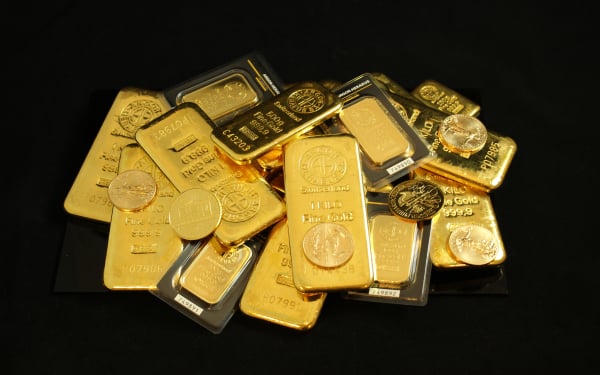
AXMIN Inc (TSXV: AXM)
AXMIN Inc. (TSXV:AXM) is a Canadian-based exploration and development company with a strong focus on central and West Africa.

The World Gold Council (WGC) recently released the “Global Gold Demand Trends Report for Q1 2024,” which showed that the global total gold demand (including over-the-counter trading) increased by 3% year-on-year to 1,238 tons. Supported by strong demand, the average gold price in the first quarter reached a record high of $2070 per ounce, representing a 10% year-on-year increase and a 5% increase from the previous quarter.
Louise Street, Senior Market Analyst at the World Gold Council, stated that since March, the price of gold has continued to rise to historic highs despite traditional bearish factors such as a strong US dollar and high interest rates. The driving forces behind the rise in gold prices include increased geopolitical risks, ongoing macroeconomic uncertainty driving safe-haven demand for gold, sustained and firm demand from global central banks, strong OTC investment, and growth in net purchases in the derivatives market.
A clear “strong East, weak West” trend was observed in the gold market in the first quarter.
First, there has been a shift in the behavior of gold investors in Eastern and Western markets. In the past, investors in the Eastern market tended to buy on dips, while Western investors preferred to buy on rallies. However, in the first quarter of this year, despite the continuous surge in gold prices, Eastern investors have shown no hesitation, leading to a significant increase in investment demand in markets such as China and India. In contrast, Western gold purchases remain strong, but profit-taking characteristics are relatively more evident.
In terms of investment demand, global gold bar and coin investment increased by 3% year-on-year to 312.3 tons, with strong demand for small gold bars in the Asian region. Overall, global gold jewelry demand decreased by 2% year-on-year to 479 tons, but the increase in the Asian region offset the decrease in Europe and North America. Global gold ETFs continued to experience outflows, with a total reduction in holdings of 114 tons, primarily from funds in North America and Europe, while funds in the Asian region experienced inflows, with the inflow volume in the Chinese market leading in Asia.
Global central banks continue to maintain a strong trend of gold purchases, with official gold reserves increasing by 290 tons this quarter. Amid market volatility and rising risks, global central banks have continued to acquire substantial amounts of gold, highlighting the significant role of gold in international reserve investment portfolios.